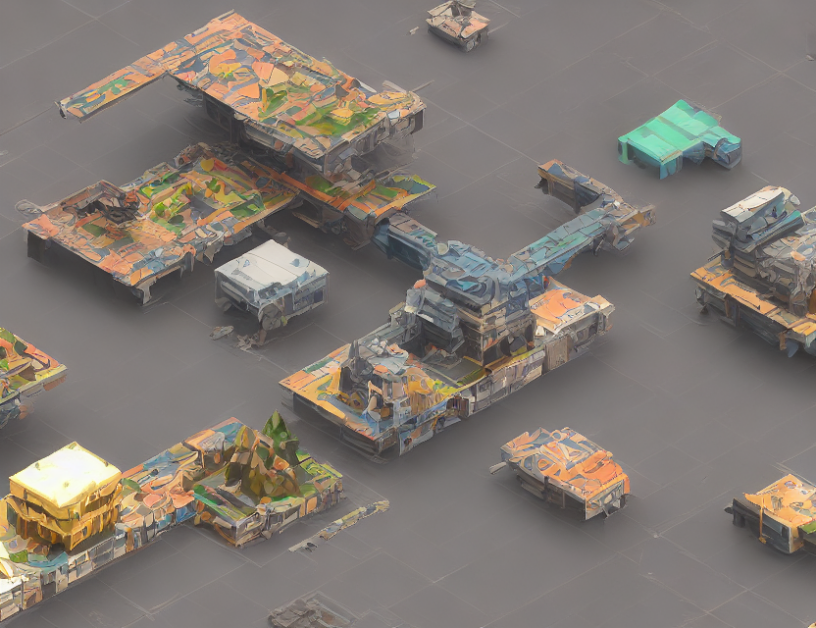Reinforcement learning (RL) is a subfield of machine learning that focuses on training agents to make decisions in complex, uncertain environments. In this review, we will delve into the current state-of-the-art RL algorithms, their strengths and weaknesses, and how they can be applied to real-world problems.
Introduction
RL is like a chef trying to optimize a recipe. The agent learns from its interactions with the environment, adjusting its actions to maximize rewards and improve its performance over time. However, unlike a human chef who can taste and adjust the dish as they go, RL algorithms must rely on trial and error to find the optimal policy.
Q-learning
Q-learning is a popular RL algorithm that learns from the environment by updating an action-value function, called Q(s,a), which represents the expected return for taking action a in state s and then following the optimal policy. Q-learning can be thought of as a game of trial and error, where the agent improves its estimates of Q values through experience.
Deep Q-Networks (DQN)
DQN is an extension of Q-learning that uses a deep neural network to approximate the Q function. By combining Q-learning with a deep neural network, DQN can learn complex patterns in large state spaces and achieve better performance than traditional Q-learning methods.
Actor-Critic Methods
Actor-critic methods combine the benefits of policy-based and value-based methods by learning both the policy and the value function simultaneously. These methods have been shown to perform well in a variety of environments, including continuous state and action spaces.
Deep Deterministic Policy Gradients (DDPG)
DDPG is an off-policy actor-critic method that uses a deep neural network to represent the policy and another network to estimate the value function. DDPG has been successful in solving complex tasks, such as robotic manipulation and autonomous driving.
Proximal Policy Optimization (PPO)
PPO is an on-policy optimization method that uses a trust region optimization algorithm to update the policy in a constrained space. PPO balances exploration and exploitation by adding a regularization term to the objective function, which encourages the policy update to be close to the previous policy.
Model-Based Reinforcement Learning (MBRL)
MBRL methods learn a model of the environment, which is used to plan and make decisions. These methods can handle complex environments with high-dimensional state spaces and have been applied to a variety of domains, including robotics and finance.
Applications and Future Directions
RL has many potential applications in areas such as healthcare, education, and sustainability. However, there are still several challenges that must be addressed before RL can be widely adopted, including the need for better exploration strategies, more efficient learning methods, and improved interpretability of RL models.
In conclusion, reinforcement learning is a powerful tool for training agents to make decisions in complex, uncertain environments. By understanding the current state-of-the-art RL algorithms and their strengths and weaknesses, we can better appreciate the challenges and opportunities in this rapidly evolving field. As RL continues to advance, we can expect to see new applications and innovations that transform industries and improve lives.



